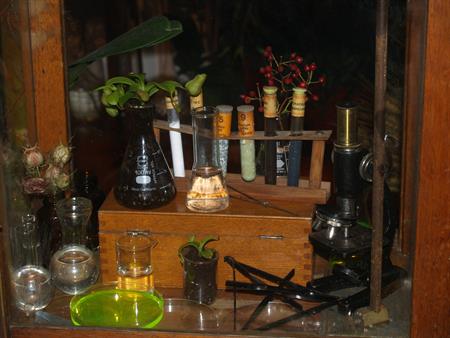 Biochemistry is the chemistry of living things. This course concentrates on the chemistry of the plants. Some secondary school chemistry will be helpful but not essential to your understanding of the course. This course is very similar to Biochemistry (Animals) though focused on plants so there is no need to take both.
Biochemistry is the chemistry of living things. This course concentrates on the chemistry of the plants. Some secondary school chemistry will be helpful but not essential to your understanding of the course. This course is very similar to Biochemistry (Animals) though focused on plants so there is no need to take both.